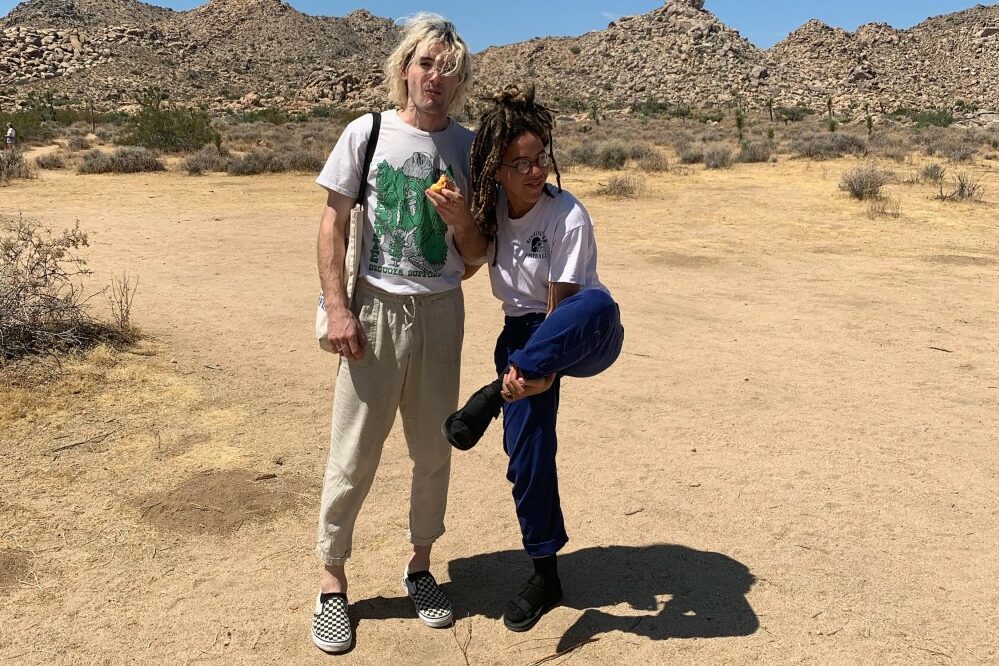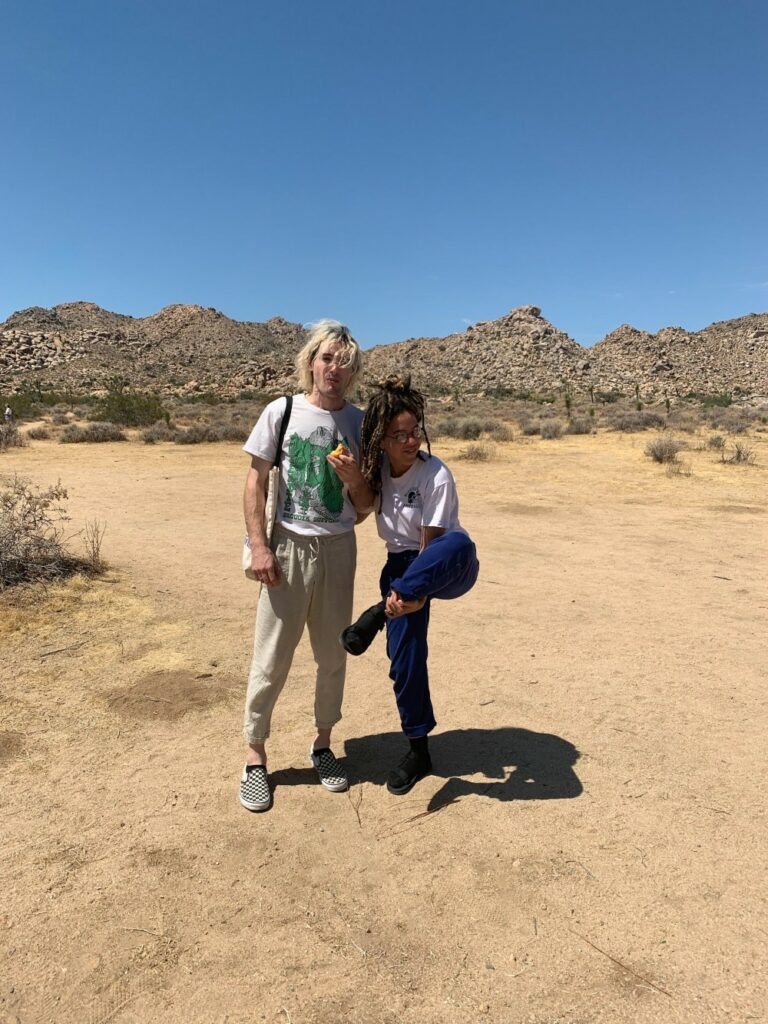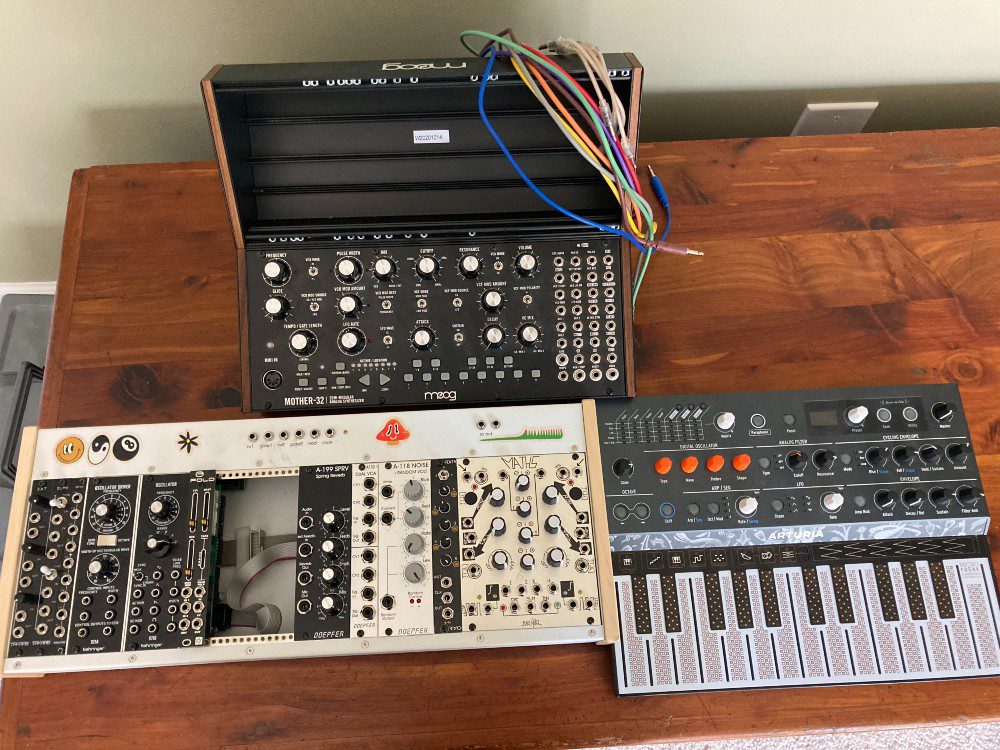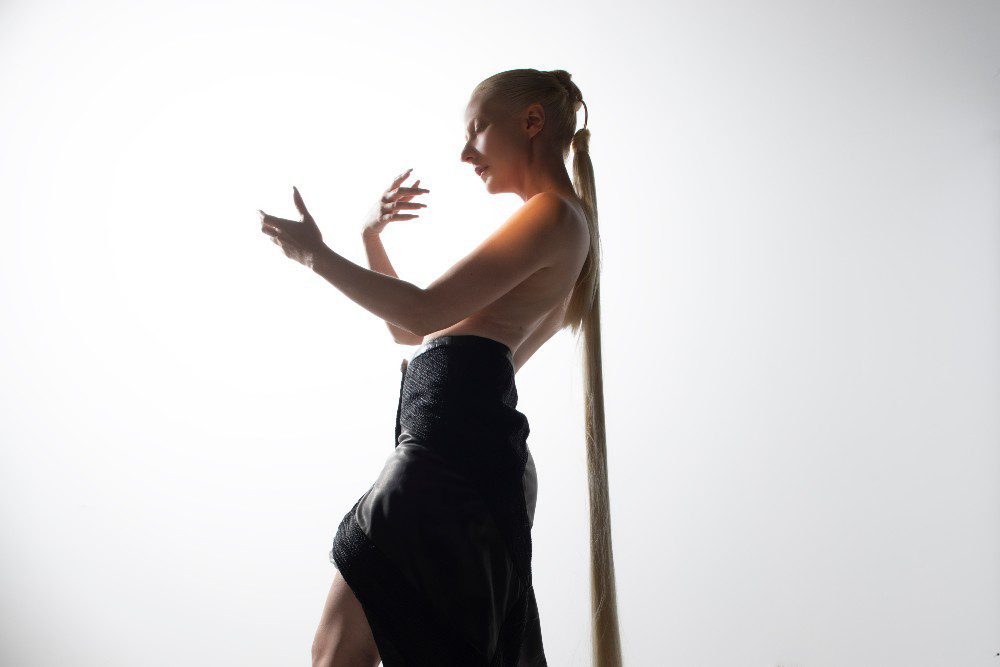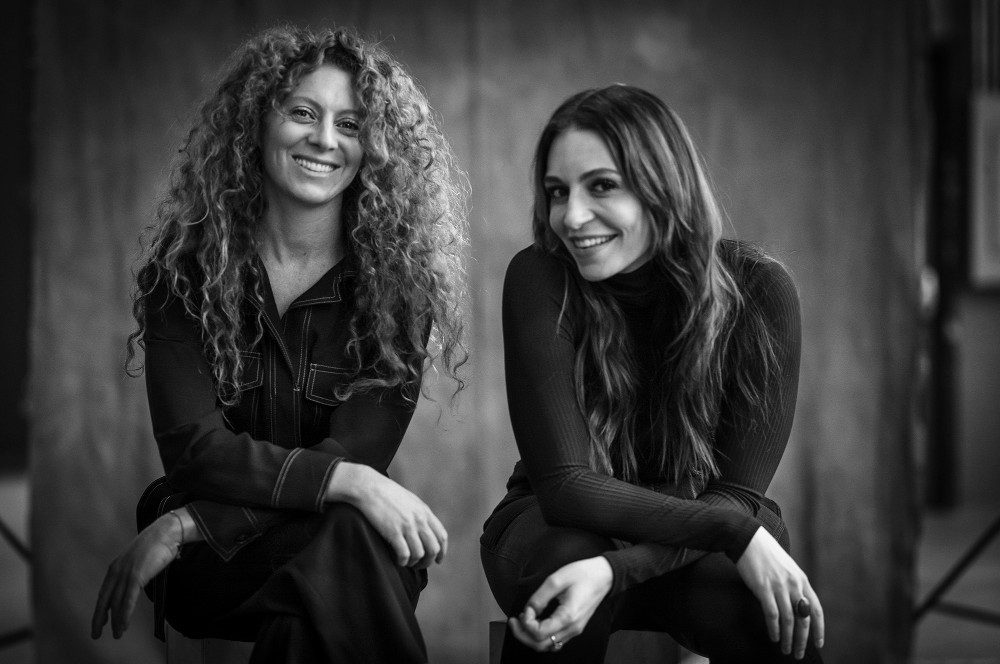

The past year has added deeper dimension to that old adage about making lemonade. In other words, life has thrown a lot of lemons our way since last March, for better or for worse, and what to do with them is up to you. Such was the case with Rachael Pazdan and Loni Landon of Four/Four Presents, a new NYC-based curator platform that seeks to bridge the gap between the live music and high-art dance communities through linking independent musicians with seasoned dancers to create collaborative performances. What began as a live venture pre-pandemic quickly pivoted to accommodate our new style of living with recorded video performances, and is slowly transitioning to a live performance model that meshes with our new normal.
Their combined experience, long friendship, and well-earned clout in their respective industries intersected to make them the prime candidates to take on such a challenge – in general, live music and dance are both separate, niche communities. Pazdan danced growing up, and though she still considers it a passion, she is best known for her work in NYC’s live music scene. She’s worked as both an in-house talent buyer at venues like LPR and The Bell House and a freelance events presenter in her own right, producing The Hum, a concert series celebrating female and gender-nonconforming artists. Landon is a Juilliard-trained dancer and highly sought-out choreographer, having produced work for The Joyce Theater, the American Dance Institute, and more. Prior to collaborating with Pazdan on Four/Four, she co-founded The Playground, an initiative designed to give emerging choreographers the space to experiment while also allowing professional dancers to participate affordably. In other words, these are two women passionate about entrepreneurship in the arts and celebrating female and otherwise marginalized creators, themes central to Four/Four’s mission.
The name comes from the 4/4 time signature, something utilized by both musicians and dancers, to further emphasize the pair’s shared vision. “We wanted to create a space for dance and music to co-exist in a contemporary, cool way that’s not on like, a Proscenium stage, that’s not at Lincoln Center,” Pazdan explains, add that the end goal here is “making dance way less esoteric and super-accessible in the way music is really accessible. The thing I’ve said a few times is that we want people to watch dance the way they listen to a record.” And while they seek to make dance something less intimidating to outsiders, they also want to introduce dancers to new music, combining these separate audiences into one larger, more supportive arts community. “It’s connected us with so many artists. I’ve learned about so many new musicians and composers and people, and that’s what it is,” Landon adds. “We wanted to connect people and artists, even if it’s online. I think it’s important that we can create new connections and make new art.”
The concept came about nearly four years ago, when Pazdan and Landon collaborated on an LPR-presented performance by Landon’s company at Knockdown Center. They found a space and began plans for the first live Four/Four event in February 2020 – in the final weeks before our lives changed indelibly into what they are now. Once the lockdown hit they realized they needed to adapt in order to bring their vision to life, or to take these unprecedented lemons and make the lemonade, as it were. They ended up with Tethered, a video compilation of recorded dance performances set to curated music, which they presented projected on an outdoor screen at Public Records in Gowanus this summer. “It was kind of serendipitous because Public Records got in touch with Rachael, and they were moving all their content online,” Landon explains. “There were so many amazing artists just sitting around, out of work, including both Rachael and myself, and we were both like ‘Okay! Let’s just do this!’”
As far as lemons go, the pandemic offered up one unexpected benefit in particular – dancers who would normally be unavailable due to busy touring schedules suddenly found themselves sitting at home, stationary. “So many artists that we were probably never going to be able to get to do stuff were just available, and at home, not doing anything,” Pazdan says. “So we were connecting with artists literally all over the world. We had dancers in Israel, and where else? Spain, Amsterdam, Norway… That was kind of the plus side to the pandemic, that we had access to artists we normally wouldn’t have access to.” And on top of that, they did not have to factor in the exorbitant cost of flying these performers into New York City, a constant albatross hanging around the necks of all independent events producers.
In other words, their optimism in the face of an otherwise hopeless situation is what ultimately made their project a success. They could have sat watching the news in those first few dire weeks of the pandemic, so soon after they decided to move forward with the project at all, and decided it wasn’t worth the trouble. But they chose to think on their feet, combining the best aspects of high art with a DIY ethos to produce something new and entirely unique. They worked together to assemble choreographers and contributing musicians, gathering the music first and sending it to the dancers with some instructions, then collected all the videos, which Pazdan learned to edit and patch together in light of budgetary limitations. “Being a freelancer I’ve learned how to create my own opportunities. You can’t wait for people,” Landon says. “If you want to create something you just have to do it… It’s not going to be perfect in the beginning but you learn by doing and just putting the energy in, you see that energy come out.”
As the weather warms and vaccination becomes available to all New Yorkers, Pazdan and Landon are already making moves for Four/Four’s sophomore summer. In collaboration with Audiofemme, they are producing a series of outdoor events called Open Air: four live, site-specific performances in New York City from June through September of this year. Utilizing spaces like Greenwood Cemetery and Brooklyn Bridge Park, among others, these events will bring to life – quite literally, as they are live events! – the original shared vision of Pazdan and Landon. They will be free to the public in line with Four/Four’s mission of creating accessible, equitable, and joyful events for everyone. Each performance will begin with a traditional music set, followed by a presentation from the choreographer and dancers, and conclude with the premiere of a new, original collaboration between both.
Ultimately, they want Four/Four to work with music and dance presenters alike, an unprecedented intersection of these communities. As we enter the New Normal of live performance, it would seem there’s no better time to challenge our perceptions of what live entertainment can be.
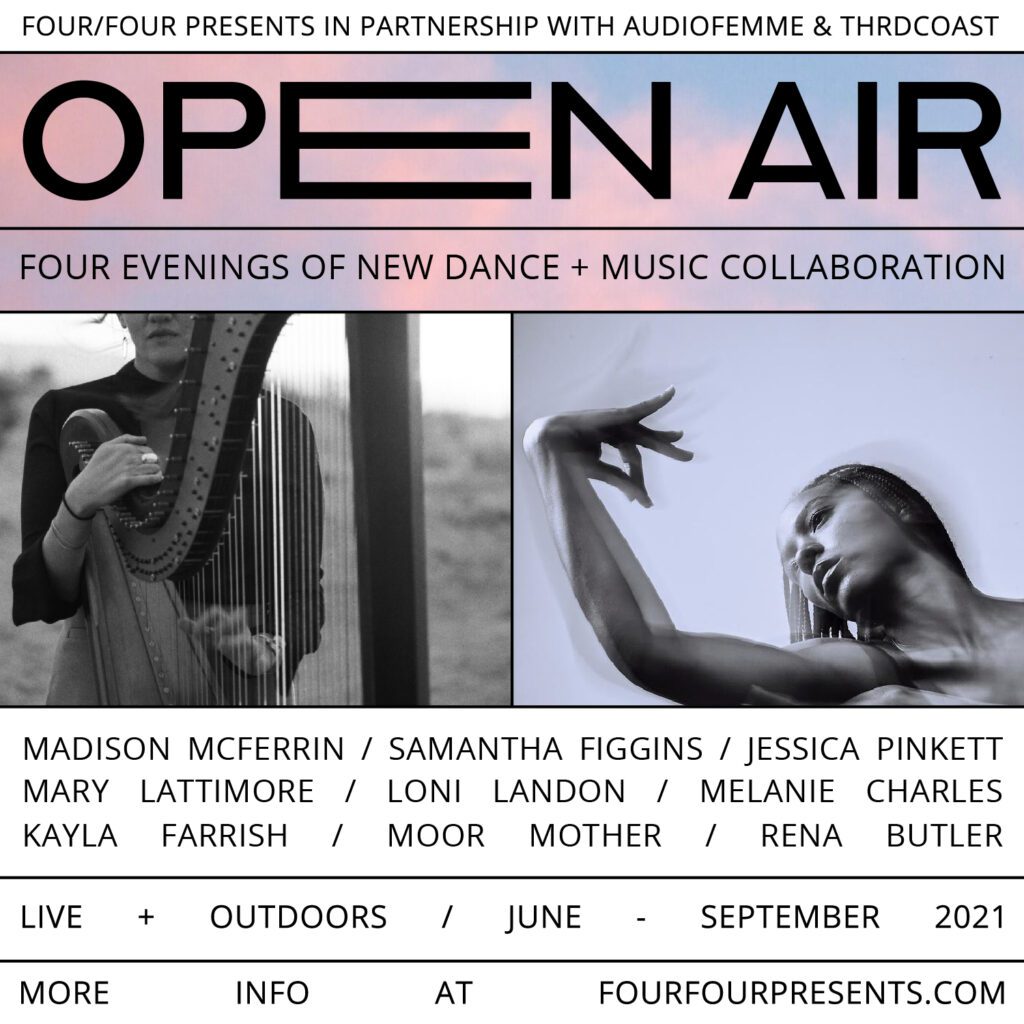
Follow Four/Four Presents on Twitter, Facebook, and Instagram for ongoing updates.

